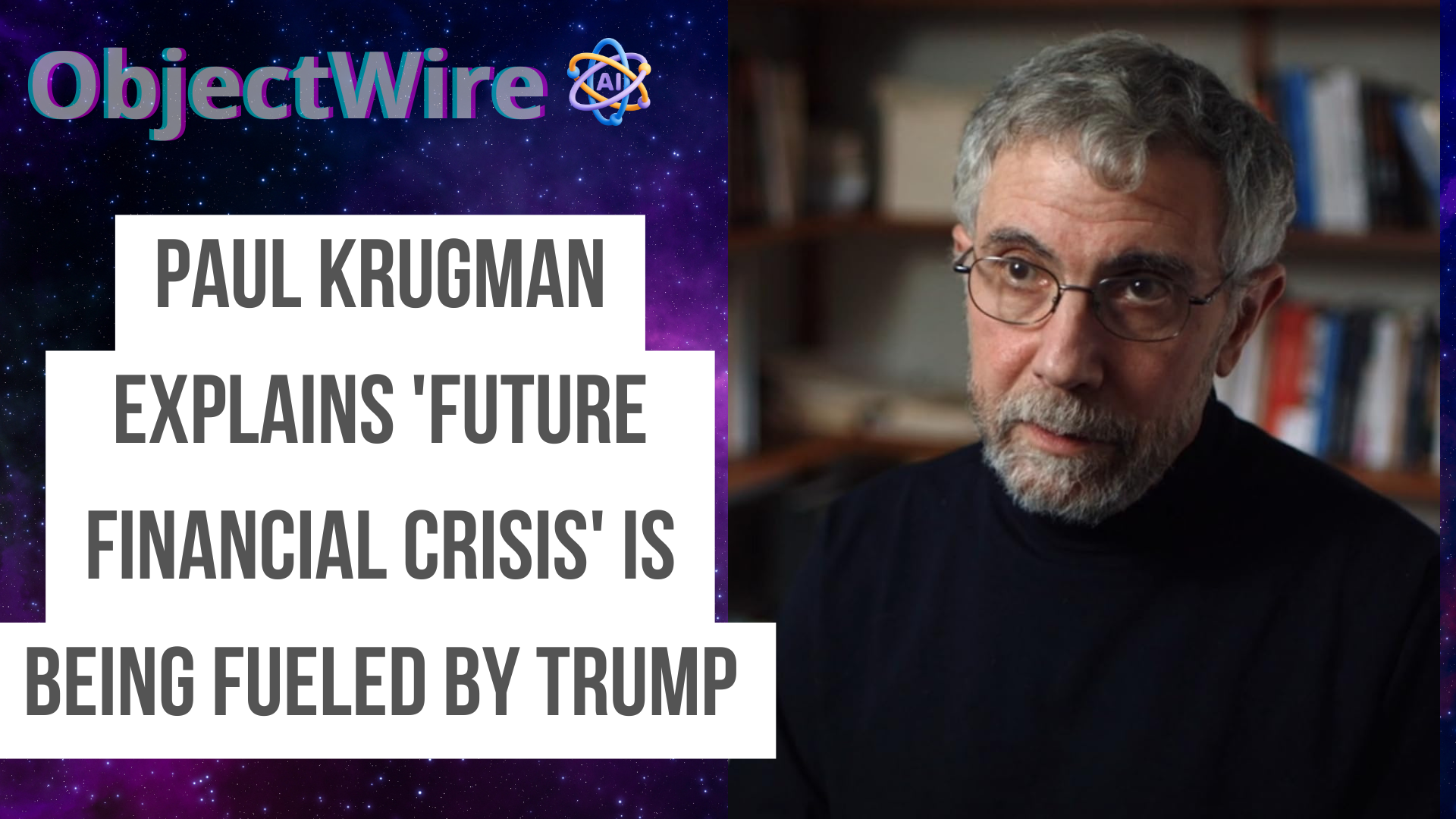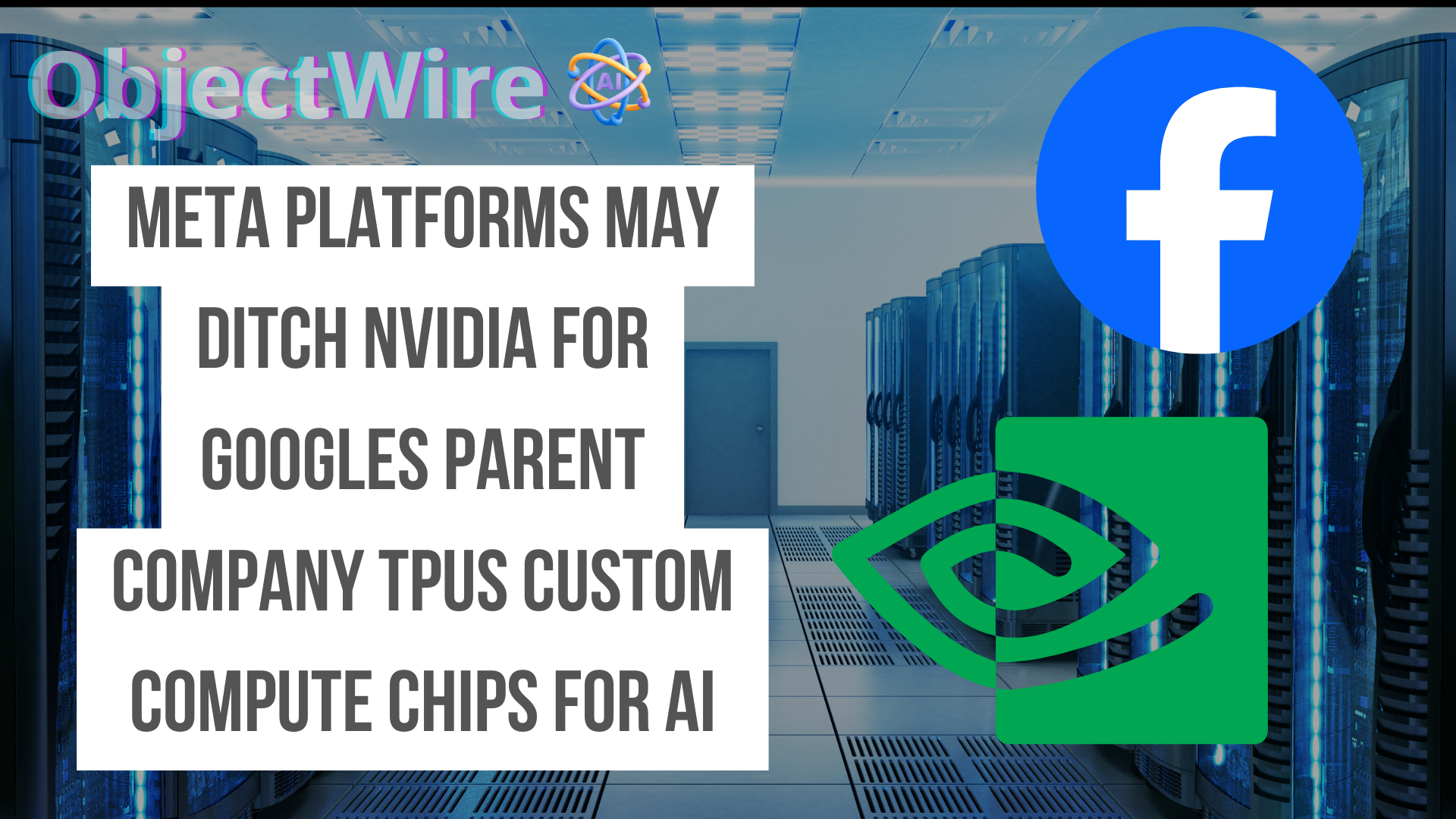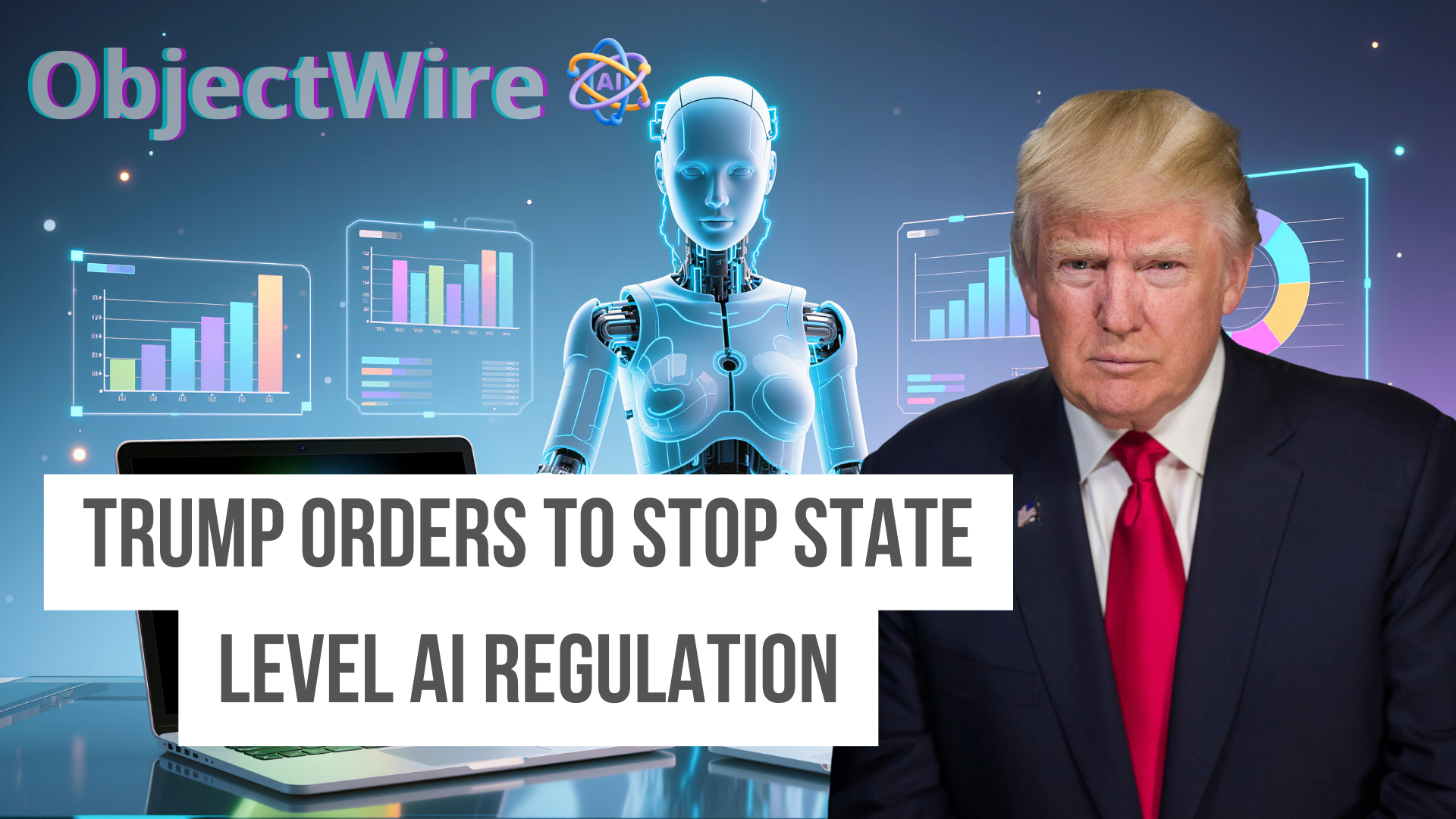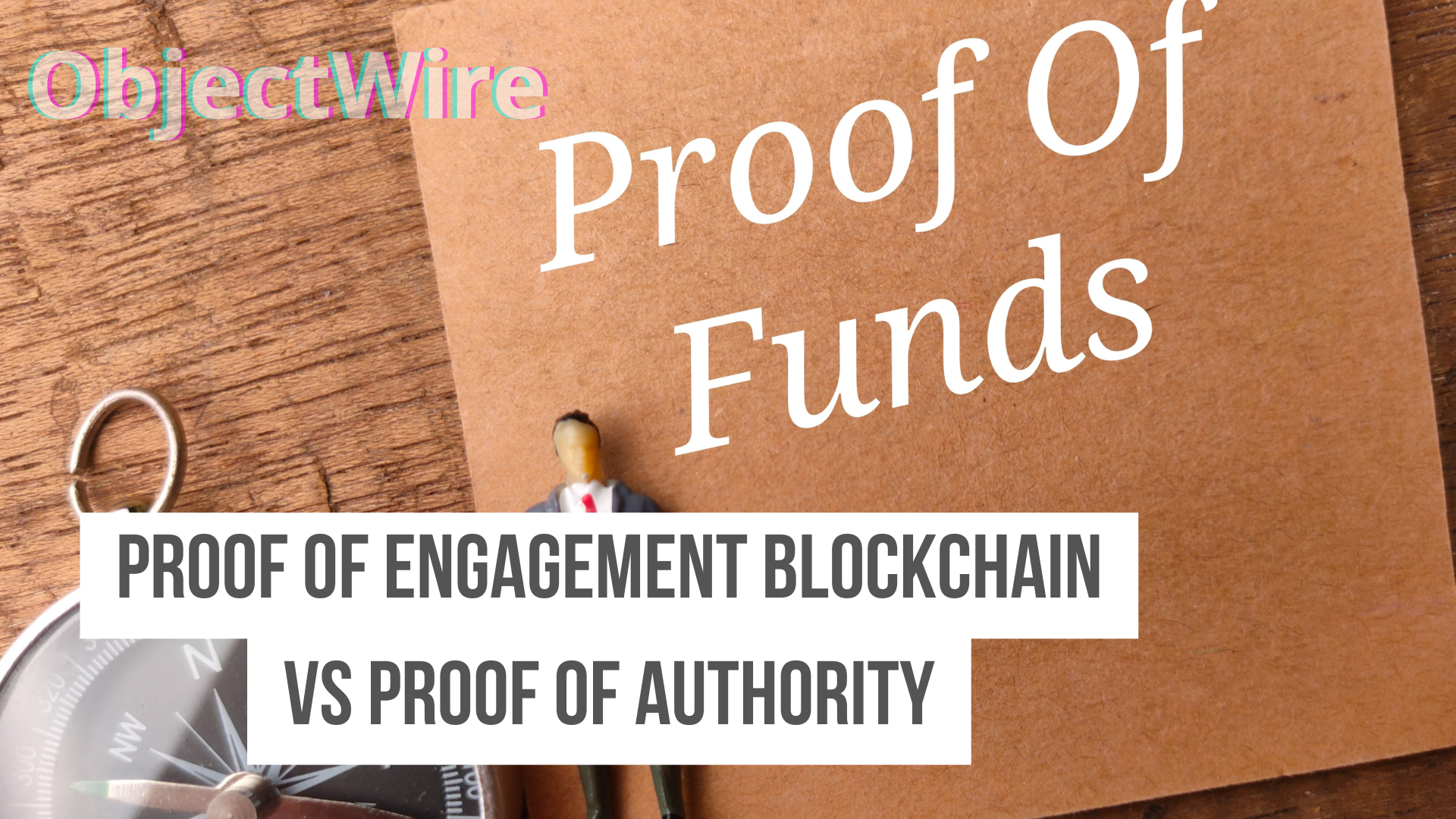HRM Ai Architecture Delivers 100X Faster Reasoning Beat Claude Gemini
In a groundbreaking leap for artificial intelligence, the Hierarchical Reasoning Model (HRM) from Sapient Intelligence is redefining AI efficiency, offering 100 times faster reasoning than traditional large language models (LLMs) while training on a mere 1,000 examples. This innovation, detailed in a recent arXiv paper, outperforms leading models like Claude 3.5 and Gemini on complex tasks, signaling a shift toward more accessible and sustainable AI.
What Is the Revolutionary AI Architecture HRM and Its Impact on Machine Learning?
The advent of a groundbreaking AI architecture marks a pivotal moment in the evolution of artificial intelligence, promising to redefine the boundaries of machine reasoning and learning efficiency. Unlike traditional large language models (LLMs) that require extensive datasets and substantial computational resources, this new architecture achieves unparalleled reasoning speeds, delivering up to 100 times faster performance with just a fraction of the data.
Utilizing only 1,000 training examples, this innovation highlights a significant leap in efficiency, accessibility, and practicality of AI technologies.
With the successful implementation of this new approach, the technology has outperformed notable AI models such as Claude 3.5 and Gemini, setting a new benchmark in AI development. This breakthrough not only accelerates AI applications across various industries but also democratizes access to powerful AI tools, paving the way for broader innovation and exploration.
Research Insight: HRM, developed by Sapient Intelligence, features a 27-million-parameter model inspired by the human brain's hierarchical structure, as outlined in its research paper on arXiv.
HRM 100x Faster Reasoning Than Traditional LLMs
In recent advancements in AI technology, a revolutionary new architecture has emerged, demonstrating a remarkable capability to outperform existing language models in terms of reasoning speed.
This innovative architecture boasts reasoning capabilities that are 100 times faster than those of traditional large language models (LLMs).
What makes this achievement even more impressive is that it accomplishes such rapid processing with just 1,000 training examples, a fraction of the data typically required by LLMs.
The efficiency and speed of this emergent technology represent a significant leap forward in AI performance and applicability.
The breakthrough challenges the longstanding dominance of models like Claude 3.5 and Gemini, which have until now been benchmarks in the field. By focusing on optimizing the reasoning process, the new architecture not only accelerates decision-making but also reduces computational overhead, making it a more sustainable option for large-scale applications. This increased speed doesn't come at the cost of accuracy or functionality, as the model continues to deliver precise and relevant outcomes, setting a new standard for AI reasoning tasks.
As industries strive for more efficient AI solutions, this cutting-edge development positions itself as a game-changer in AI architecture.
According to VentureBeat, HRM achieves this via latent reasoning in a compressed space, bypassing token-heavy chain-of-thought processes.
- 100x speed stems from parallel latent computations, not serial token generation.
- Outperforms on ARC-AGI benchmark with 40.3% score vs. Claude's 21.2%.
Achieving HRM Efficiency with Just 1,000 Training Examples in AI Models
The advancement in AI architecture that provides 100 times faster reasoning than large language models (LLMs) with only 1,000 training examples is a remarkable achievement. Traditionally, developing sophisticated AI models demanded vast datasets to train effectively, which posed a significant barrier due to the time, cost, and computational resources required.
This new AI model, however, challenges those norms by demonstrating that with a highly efficient architecture design and optimization techniques, it is possible to achieve outstanding results with minimal data input.
The new architecture relies on advanced machine learning techniques that focus on maximizing information extraction and generalization from limited data. By leveraging transfer learning, meta-learning, and innovative algorithms, it quickly adapts to new tasks, thereby mimicking the versatility and adaptability of human reasoning with considerably fewer resources.
The results have demonstrated this streamlined model not only matches but outperforms its larger counterparts in speed and efficiency, offering a promising new direction in AI that emphasizes performance with minimal data input.
HRM's GitHub repo shows training on tasks like Sudoku takes just two GPU hours, per Lifeboat Foundation.
HRM's Groundbreaking Performance vs. Claude 3.5 in AI Reasoning Tasks
HRM’s remarkable performance leap over existing models like Claude 3.5 marks a significant advancement in the field of artificial intelligence. This new architecture is not only designed to understand complex reasoning tasks but also delivers results at a speed previously thought unattainable.
One of the most striking aspects of HRM's capabilities is its efficiency in training. While traditional large language models (LLMs) like Claude require massive datasets and compute power to achieve high levels of accuracy, HRM manages to outperform with just 1,000 carefully curated training examples.
- Maze-Hard tasks solved perfectly by HRM, outperforming Gemini's capabilities.
With just 1,000 training examples, HRM leverages advanced data augmentation techniques and a sophisticated understanding of contextual embeddings to learn effectively. This approach reduces the dependency on vast amounts of labeled data, a common bottleneck in training traditional models.
Additionally, HRM incorporates a dynamic reasoning module that adapts to the context in real-time, enhancing its ability to draw rapid and accurate conclusions.
These innovations collectively position HRM as a game-changer in the AI landscape, surpassing the capabilities of competitors like Claude 3.5 and Gemini by prioritizing speed, efficiency, and agility.
The model's coupled recurrent modules enable hierarchical convergence, as per Emergent Mind.
Implications for the Future of AI Development with HRM Technology
Finally, as AI systems become more efficient and less data-dependent, they open up new possibilities for real-time applications, from autonomous vehicles to responsive virtual assistants, effectively bridging current technological gaps and enhancing human-computer interactions.
HRM's emergence heralds a new era of efficient AI, challenging established paradigms and fostering innovation. For more on "HRM AI vs Claude 3.5 Gemini benchmarks," stay tuned to ObjectWire.org
Contact Us






